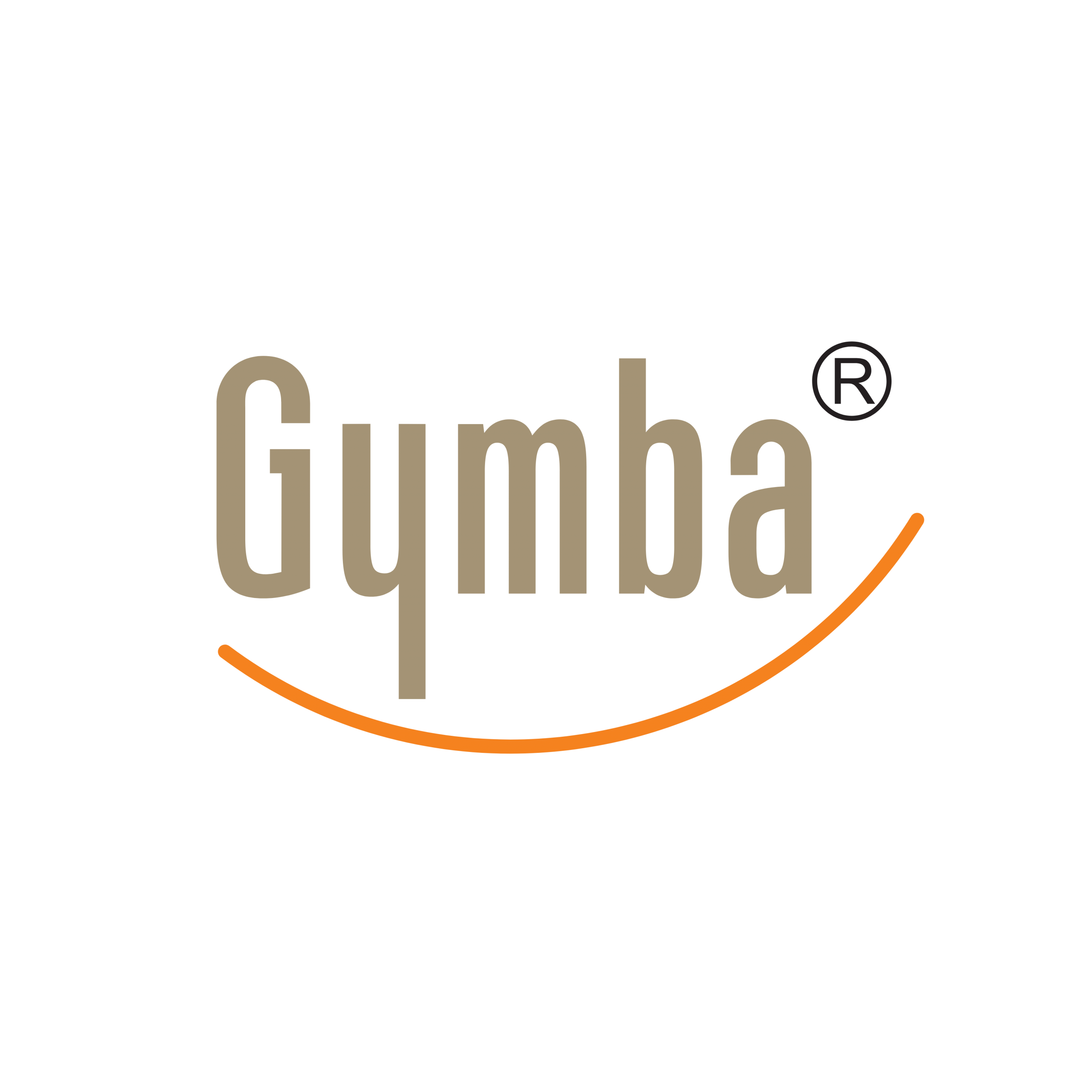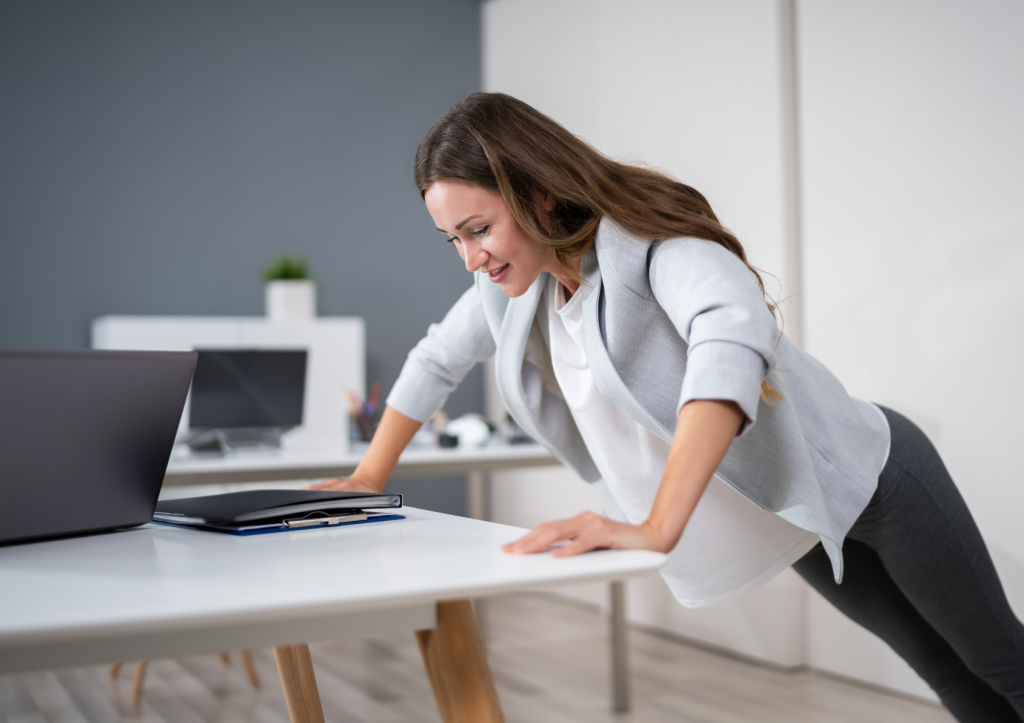Sitting for hours at your desk can take a toll on your body and mind. Adding movement to your workday isn’t just a nice-to-have, it’s essential for your overall wellbeing. Balance boards or active boards offer a simple yet effective way to introduce activity into your office routine. These versatile tools can transform a static standing desk setup for improved workplace ergonomics into a dynamic workspace that engages your muscles, improves your posture, and boosts your energy levels throughout the day. Let’s explore how you can use balance or active boards to enhance your office wellness and make your workday more active and comfortable.
Why balance boards boost your office wellness
When you stand on a balance board at your desk, you’re not just standing, you’re actively engaging multiple muscle groups. The unstable surface requires your body to make constant micro-adjustments to maintain balance, which activates your core muscles without you even realising it. This subtle movement helps improve your posture by encouraging proper alignment of your spine, shoulders, and neck.
The gentle movement also promotes better circulation throughout your body. As you shift and adjust on the balance board, you stimulate blood flow to your legs and feet, which can reduce the swelling and stiffness that often comes from prolonged sitting or static standing. Your brain benefits too, as the increased blood flow delivers more oxygen, potentially enhancing alertness and focus during work tasks.
Regular use of a balance board can also strengthen your ankle stability and improve your proprioception (your body’s awareness of its position in space). This translates to better overall balance both in and out of the office, and may help prevent common workplace injuries like twisted ankles or falls.
5 simple balance board exercises for beginners
If you’re new to using a balance board, start with these beginner-friendly exercises that you can easily do at your standing desk:
- Basic standing: Begin by simply standing on the board with your feet shoulder-width apart. Focus on finding your centre of gravity and maintaining a neutral position for 1-2 minutes. Keep your knees slightly bent and your core engaged.
- Gentle weight shifts: While maintaining your balance, slowly shift your weight from the balls of your feet to your heels, then from side to side. These controlled movements help you get comfortable with the board’s motion while strengthening your ankles.
- Controlled tilts: Deliberately tilt the board forward, backward, and to each side, holding each position for 5-10 seconds before returning to centre. This builds strength and control in your lower legs and core.
- Ankle rotations: While balanced, lift one foot slightly and rotate your ankle clockwise 5 times, then counterclockwise 5 times. Switch feet and repeat. This improves ankle mobility while challenging your balance.
- Shallow squats: With feet shoulder-width apart, perform small, controlled squats, lowering just a few inches. Keep your back straight and ensure your knees don’t extend past your toes. Start with 5-10 repetitions.
Always prioritise proper form over difficulty. If you feel unstable, place your balance board near a wall or desk that you can touch for support if needed.
How can you integrate balance training daily?
Consistency is key to reaping the benefits of balance board training. Here’s how to make it part of your daily office routine:
- Schedule short balance sessions, starting with 10-15 minutes a few times a day. Gradually increase as your comfort and strength improve.
- Create a rotation between sitting, standing on a flat surface, and using your balance board. This variation helps prevent fatigue while still providing movement throughout the day.
- Set calendar reminders or use a desk timer to prompt you to switch positions or do a quick balance exercise.
- Track your progress in a simple journal or app, noting how long you can comfortably stand on the board and which exercises you’ve mastered.
- Pair balance board use with specific tasks, such as reading emails or attending virtual meetings, creating a habit trigger.
The goal isn’t to stand on your balance board all day, but rather to incorporate short, active breaks that refresh your body and mind. Even 5 minutes of balance training every hour can make a significant difference in how you feel at the end of the workday.
Common balance board challenges and solutions
As with any new routine, you might face some obstacles when introducing a balance board to your workspace:
| Challenge | Solution |
|---|---|
| Initial wobbliness and instability | Start by using the balance board on a carpet rather than a hard floor. Position it near a wall or desk for support when needed. Consistency will improve your stability over time. |
| Limited office space | Choose a compact balance board designed for office use. Some models, like the Gymba board for active office movement, have a small footprint that works well in tight spaces. |
| Forgetting to use it | Keep the balance board visible and accessible. Set reminders or create a habit stack by pairing board use with regular daily activities. |
| Foot fatigue | Wear supportive shoes, start with shorter sessions, and gradually build tolerance. Alternate between different standing positions. |
| Difficulty concentrating while balancing | Begin with simpler tasks while on the board until your balance becomes more automatic. Your ability to multitask will improve with practice. |
Remember that adapting to a balance board takes time. Be patient with yourself and celebrate small improvements in your balance and comfort level.
Advanced movements for experienced users
Once you’re comfortable with the basics, challenge yourself with these more advanced balance board exercises:
- Single-leg stands: Try standing on one foot while maintaining balance. Start with 15-30 seconds per leg, then gradually increase your time.
- Dynamic weight transfers: Perform controlled, flowing movements from front to back and side to side without letting the edges of the board touch the ground.
- Light resistance work: Add small hand weights (1-2 kg) for gentle upper body exercises like bicep curls or shoulder presses while balancing.
- Multitasking activities: Try reading, typing, or participating in video calls while balancing. This challenges your brain and body simultaneously.
- Balance board marching: Slowly lift each knee while maintaining your centre of gravity on the board, simulating a marching motion.
When attempting advanced movements, always prioritise safety. If something feels too challenging, return to more basic exercises and build up gradually.
At Gymba, we believe that small movements throughout your day can lead to significant improvements in your overall health and productivity. Our balance boards are designed to integrate seamlessly into your workspace, making it easy to add more movement to your day without disrupting your workflow. Whether you’re working from home or in a traditional office, a balance board can be the simple tool that transforms your static workday into an active one, supporting better posture, improved focus, and increased energy levels. Start with just a few minutes a day, and you’ll quickly discover how balance training can enhance your office wellness routine.

